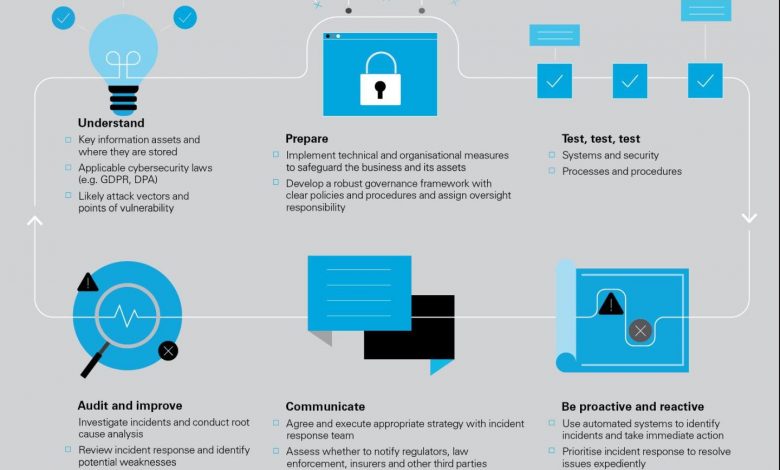Challenges in the Cybersecurity Legal Landscape

Challenges in the Cybersecurity Legal Landscape
Introduction
In today’s digital age, cybersecurity has become a critical concern for individuals, businesses, and governments alike. As technology advances, so do the methods used by cybercriminals to breach security measures. This has led to an evolution in the legal landscape surrounding cybersecurity. In this blog post, we will explore some of the key challenges faced by organizations and legal professionals in the realm of cybersecurity.
Challenges
1. Lack of Clear Legislation
The rapid pace of technological advancements often outpaces legislation. This gap creates a challenge for legal professionals and organizations seeking to navigate the cybersecurity legal landscape effectively. Laws and regulations that adequately address emerging threats and protect against cyberattacks must be implemented and constantly updated to keep up with evolving cyber threats.
2. Cross-Jurisdictional Issues
Cybersecurity threats often transcend national boundaries, making it difficult to apply traditional legal frameworks to cybercrime that occurs across jurisdictions. The lack of international consensus on cyber laws and the differences in legal systems further complicate the issue. This challenge requires collaboration between governments, organizations, and legal experts to develop frameworks that facilitate information sharing and cooperation across borders.
3. Privacy and Data Protection
The increasing amount of personal and sensitive data stored by organizations has raised concerns about privacy and data protection. Legal professionals must navigate the complex web of privacy laws and ensure compliance with data protection regulations. Balancing the need for effective cybersecurity measures while respecting individuals’ privacy rights poses an ongoing challenge in the cybersecurity legal landscape.
4. Attribution and Enforcement
Unlike traditional crimes, attributing cyberattacks to specific individuals or entities can be challenging. Cybercriminals often utilize sophisticated techniques to hide their identities or work from jurisdictions where they are beyond the reach of traditional law enforcement. Legal systems must evolve to overcome the barriers to attribution and establish effective enforcement mechanisms to hold cybercriminals accountable.
FAQs
Q1: What are some common cybersecurity legal frameworks?
A1: Common cybersecurity legal frameworks include the General Data Protection Regulation (GDPR), the California Consumer Privacy Act (CCPA), and the Health Insurance Portability and Accountability Act (HIPAA).
Q2: How can organizations ensure compliance with cybersecurity laws?
A2: Organizations should conduct regular audits of their cybersecurity practices, establish robust security protocols, and stay informed about the latest legal requirements. Engaging legal professionals with expertise in cybersecurity can also be beneficial.
Q3: What are the potential consequences of non-compliance with cybersecurity laws?
A3: Non-compliance with cybersecurity laws can lead to significant financial penalties, reputational damage, and legal ramifications. In some cases, organizations may also face civil litigation from individuals affected by a data breach.
Conclusion
As cybersecurity threats continue to evolve, the legal landscape must adapt to ensure effective protection against cybercrimes. The challenges discussed in this blog post highlight the need for collaborative efforts between governments, organizations, and legal professionals to establish clear legislation, address cross-jurisdictional issues, protect privacy and data, and strengthen attribution and enforcement mechanisms. By staying informed and proactive, organizations can navigate the ever-changing cybersecurity legal landscape successfully.



